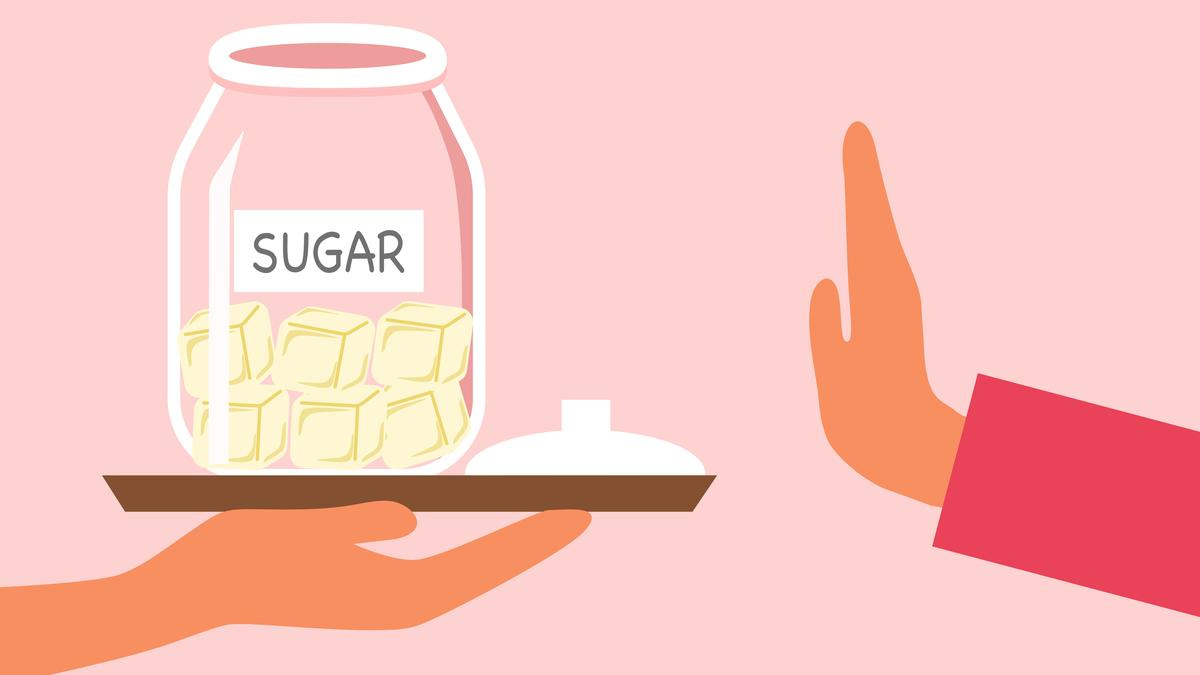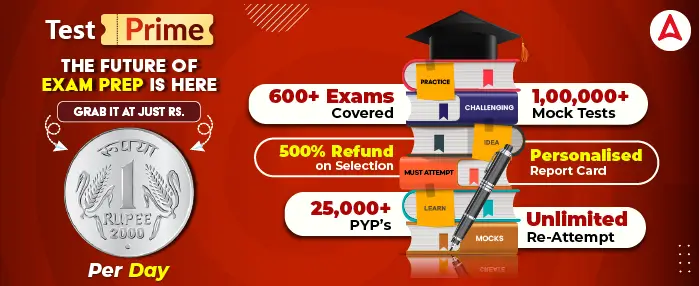To help children stay healthy and reduce their sugar intake, the Central Board of Secondary Education (CBSE) has asked more than 24,000 schools across India to start using ‘sugar boards.’ These boards help students learn about how much sugar is in common drinks and snacks and why eating too much sugar is harmful.
What are Sugar Boards?
‘Sugar Boards’ are displays set up in schools to show how much sugar is in drinks like cold drinks and packaged juices. The idea was first shared by food influencer Revant Himatsingka two years ago. In simple DIY (Do It Yourself) workshops, students stick bottles of drinks on a board and next to each bottle, they show the number of teaspoons of sugar it contains.
For example:
- A 300 ml cold drink has about 8 teaspoons of sugar.
- A 125 ml mango drink has around 5 teaspoons of sugar.
These boards also provide helpful information like:
- How much sugar we should eat in a day.
- Sugar content in junk food and cold drinks.
- Health problems caused by too much sugar.
- Better food choices with less sugar.
Why are Sugar Boards Important?
The National Commission for Protection of Child Rights (NCPCR) supports the use of sugar boards in all schools, including those under State boards.
The reason:
- There is a sharp rise in Type 2 Diabetes among children, which used to be seen mostly in adults.
- The main cause is high sugar intake due to sugary snacks and drinks easily available around schools.
According to NCPCR:
- Children aged 4-10 years get 13% of their daily calories from sugar.
- Children aged 11-18 years get 15% of their daily calories from sugar.
- This is much higher than the safe limit of 5%.
India has one of the highest number of children with Type 2 Diabetes, second only to China.
What are the Current Rules in India?
The Food Safety and Standards Authority of India (FSSAI) is working on setting clear rules for food high in fat, salt and sugar (HFSS), especially for school meals. However, India still does not have its own limits for how much fat, salt or sugar is safe to eat.
Right now, India uses the World Health Organization (WHO) advice, which says:
- Children and adults should not eat more than 25 grams (or 6 teaspoons) of sugar each day.
Experts believe India needs its own rules because Indians are more likely to get heart diseases and diabetes.
What Happen Next?
Dr. Divya Gupta from NCPCR says that sugar boards are just the beginning. The next steps include:
- Making rules about foods high in salt and trans-fats.
- Collecting data on how many children are getting diabetes.
- Involving doctors to give health talks in schools.
- Talking to parents during parent-teacher meetings about eating healthier.



 Weekly Current Affairs One Liners 08th t...
Weekly Current Affairs One Liners 08th t...
 Which Indian City is Known as the Footwe...
Which Indian City is Known as the Footwe...
 Which Desert is known as the Cold Desert...
Which Desert is known as the Cold Desert...







